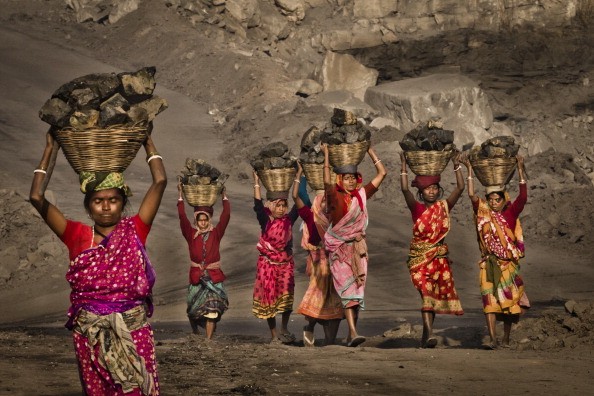
The heat is definitely on in India.
No less than 500 people have already died after suffering from a heat stroke, driven by incredibly high temperatures sometimes averaging 50 degrees Celsius. And based on weather reports, the chances of heat reduction are close to impossible within the next days.
Most of those who died were found in some of the crowded cities of the country such as Hyderabad, where more than 500 were believed to have perished, as well as more impoverished regions and communities. Heat stroke, meanwhile, is characterized by increased body temperature and rapid heart rate due to too much heat.
The alarming figure has already forced its government to strongly educate its people to stay indoors, wear protection such as a cap when going outside, and increasing water intake to help regulate body temperature and avoid dehydration.
As part of their disaster management program, they are also planning to set up water camps for anyone who needs to be outside, especially during the day.
The effects of the searing heat sweeping across the country, however, are not limited to heat stroke. In Delhi, for example, the country's capital, electric power has been cut off multiple times as many households run their air-conditioners to their maximum for several hours during the day. This means that food can easily get spoiled, and residents still have to battle the heat even in their respective homes. Roads can also be seen "melting" since many of them have just been covered by asphalt. Farmlands have also started to dry up, which may affect the food supply later.
At this time, many are definitely waiting for the monsoon to arrive, which should come around before the month ends. Nevertheless, its meteorological department has already advised the public that while monsoon is here, rain may not. Everyone may have to wait for much longer.



